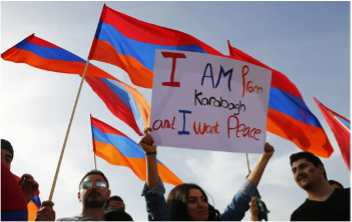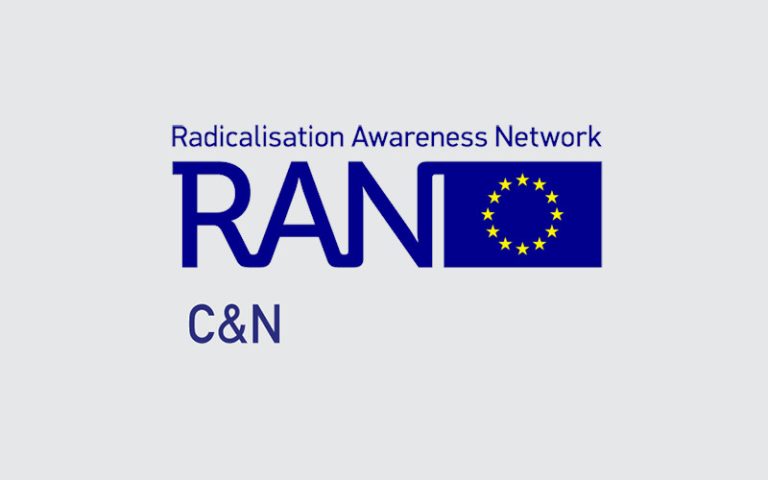Understanding Misinformation, Disinformation and Malinformation: Definitions and real-world examples
Do you want to know how AI and Disinformation impacted the political campaigns in 2024? Check out our article on the surge of AI-generated disinformation content.
Introduction
The rise of social media once heralded great optimism for its potential to democratize the ownership of information and foster new forms of expression. However, the freedom given by contemporary social technology has brought challenges to the correct exchange of news, creating what can be described as information pollution on a global scale. This pollution comprises diverse motivations, content types, and rapid dissemination methods, complicating efforts to discern truth from falsehood. Since not all news shared on the internet can be considered factually true, it is necessary to assess the different ways in which reality can be misrepresented and the differences between them. This article explores the concepts of misinformation, disinformation, and malinformation, emphasizing the need for critical evaluation of online information and awareness of the underlying motivations behind its dissemination.
Misinformation
Misinformation refers to the spread of false or inaccurate information without the intent of deceiving or causing harm (source). Despite not being created with malicious intent, misinformation can still have significant negative impacts, such as spreading fear, confusion, or incorrect knowledge. It often arises from individuals sharing incorrect information due to a lack of knowledge or awareness rather than a deliberate effort to mislead (source). Misinformation can result from honest mistakes, misunderstanding of facts, or the uncritical dissemination of unverified data. It is frequently amplified by social media and other digital platforms where users may share content that aligns with their pre-existing beliefs and emotions without verifying its accuracy (source). For instance, the attack on the Champs-Élysées in Paris on April 20, 2017, generated a significant amount of misinformation, which is common in many breaking news scenarios. Social media users spread various rumors in their haste to share news, such as the false report that a second police officer had been killed. Those disseminating this incorrect information did not intend to cause harm; instead, they aimed to support their community by rapidly spreading news, given the situation’s urgency, but they did not thoroughly verify the information before sharing it (source).
Disinformation
Disinformation refers to the intentional dissemination of false information with the purpose of misleading, harming, manipulating, or deceiving the audience (source). This information is deliberately fabricated or manipulated by malicious actors to deceive individuals, groups, or societies for political, psychological, social, or financial motivations. Disinformation is not merely about the integrity of the information but also about its intent. It is designed to mislead and often aims to manipulate public opinion, disrupt democratic processes, or incite social unrest (source). For instance, Emmanuel Macron was a significant target of disinformation during his 2017 presidential campaign. One notable hoax involved the creation of a sophisticated fake version of the Belgian newspaper Le Soir, which published a false article claiming Macron was funded by Saudi Arabia.
Additionally, documents falsely asserting that Macron had opened an offshore bank account in the Bahamas were circulated online. Disinformation also proliferated through coordinated “Twitter raids,” where loosely connected networks of individuals used identical hashtags and messages to spread rumors about Macron. These included unfounded claims, such as Macron’s relationship with his stepdaughter (source).
Malinformation
Malinformation involves the use of factual information, often shared out of context, with the malicious aim of harming the reputation of an individual, an organization, or a country (source). Malinformation includes the diffusion of private information, hacking, and publication of leaks wielded in a way that is intended to cause distress or harm (source). For instance, a post advocating for the removal of the British monarchy due to the offshore investments disclosed in the 2017 Paradise Papers constitutes malinformation. Although the Paradise Papers exposed the tax-evasive offshore investments of several members of the British monarchy, the post intends to damage the monarchy rather than educate the public on tax misconduct (source).
Conclusion
This article has explored the distinctions between misinformation, disinformation, and malinformation, using real-world examples to illustrate their unique characteristics and impacts. Misinformation involves the unintentional spread of false information, disinformation is the deliberate creation and dissemination of false information to deceive, while malinformation uses factual information to cause harm. Distinguishing between these types of information disorders and recognizing these dynamics is essential for mitigating the harmful effects of information pollution and fostering a more informed public discourse.
Reference list
Balkan, E., & Ülgen, S. (2023). A primer on misinformation, malinformation, and disinformation. Retrieved from https://edam.org.tr/uploads/yukleme_resim/Report-Disinformation-Malinformation-Misinformation.pdf
Guess, A. M., & Lyons, B. A. (2020). Misinformation, disinformation, and online propaganda. Social media and democracy: The state of the field, prospects for reform, 10. Retrieved from https://www.opolisci.com/wp-content/uploads/pdf-front/Social_Media_and_Democracy.pdf#pag e=30
Iona University Libraries. (2024, June 21). Misinformation, disinformation, and malinformation. Research Essentials. Retrieved from https://guides.iona.edu/researchessentials/evaluatingsources#s-lg-box-29077386
Wardle, C., & Derakhshan, H. (2017). Information disorder: Toward an interdisciplinary framework for research and policymaking (Vol. 27, pp. 1-107). Strasbourg: Council of Europe. Retrieved from https://tverezo.info/wp-content/uploads/2017/11/PREMS-162317-GBR-2018-Report-desinformation-A4-BAT.pdf
Sandu A, Ioanăș I, Delcea C, Geantă L-M, Cotfas L-A. Mapping the Landscape of Misinformation Detection: A Bibliometric Approach. Information. 2024; 15(1):60. Retrieved from: https://doi.org/10.3390/info15010060






